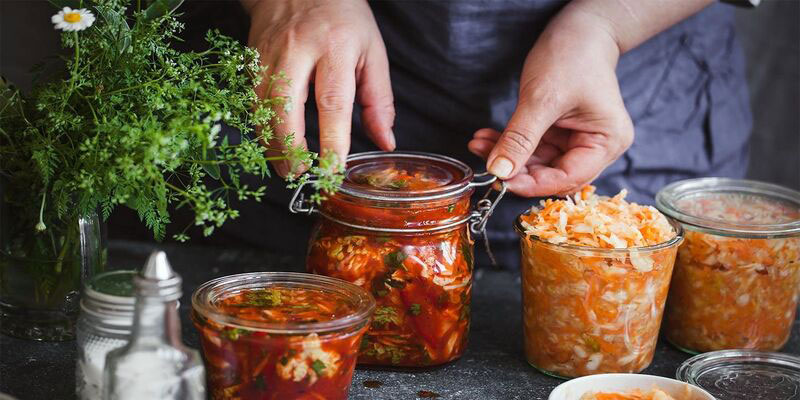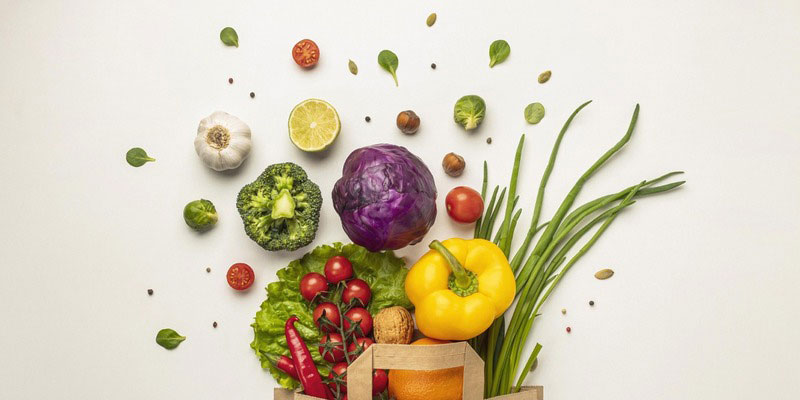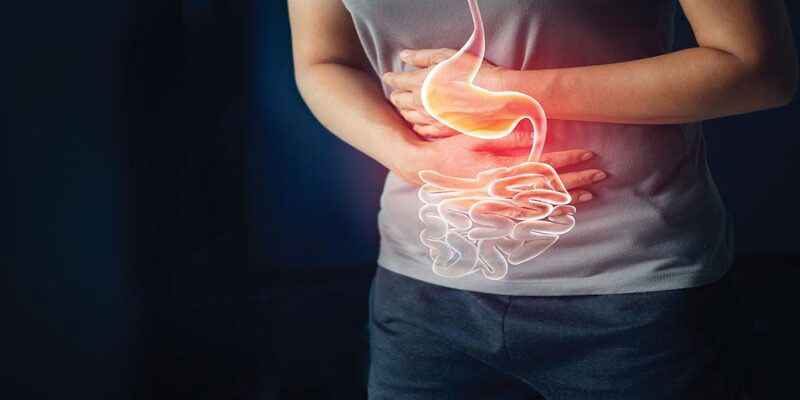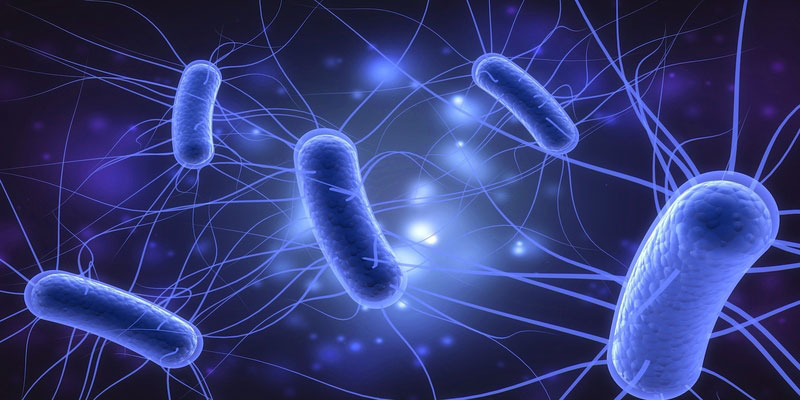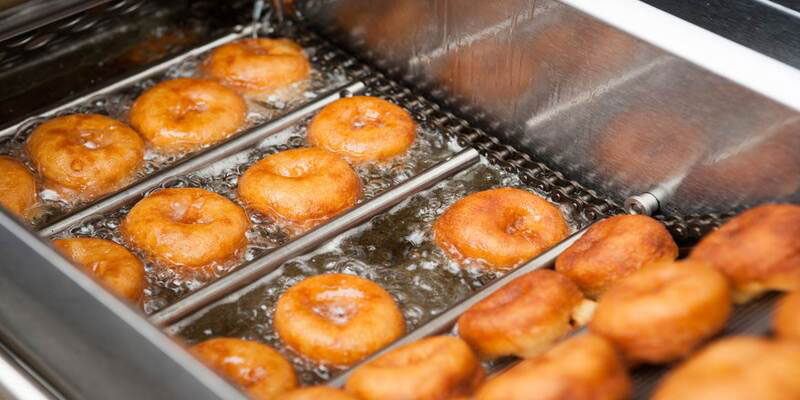If you're dealing with acute diverticulitis, your doctor may suggest following a diverticulitis diet for a while. Small, protruding pouches called diverticula may develop in the intestinal walls. Their typical habitat is the distal large intestine (colon). Diverticulosis is the medical term for this issue. Some people develop inflammation or infection in one or more of their pouches. The medical term for this is diverticulitis. Antibiotics and a low-fiber diet are standard therapy for mild instances of diverticulitis; alternatively, resting with no oral intake for some time, followed by a gradual introduction of clear liquids, and finally, a low-fiber diet may be recommended. Most instances of this severity need hospitalization.
What To Eat When You Have Diverticulitis
You may not feel like eating when you have diverticulitis because of the discomfort and nausea it might cause.
Acute Attack
In a simple, acute attack, bed rest may be the best action. Regarding patients' comfort, the AGA recommends a clear liquid diet. According to a gastroenterologist as well as University of Washington professor of medicine Lisa Strate, MD, "patients generally feel ill when they eat" during an acute episode. Dr. Strate suggested that the patient follow a liquid diet or anything like the BRAT diet (bananas, rice, applesauce, and toast) for a few days.
Inclusions in a low-solids diet include:
- Soups with a Translucent Flavor
- Juice with no pulp
- Jell-O
- Popsicles
Water
You can start eating solid food again whenever you feel ready. A review published throughout Nutrients found little evidence that bowel rest is essential following an acute episode with diverticulitis. A tiny study published in Colorectal Disease revealed that a liquid diet is unnecessary during the acute phase. Dr. Strate said, "I believe it really depends on how the patient feels." The normal outpatient (someone who is not already hospitalized) should begin by consuming clear liquids and then go on to meals like applesauce and rice, as recommended by Dr. Strate.
It would be best if you began a low-fiber diet as soon as you can consume solid meals again. Example phrases that fit this bill are:
- Vegetables and fruits that have been canned or cooked (without the seeds or skin)
- Dairy (cheese, milk, yogurt) (cheese, milk, yogurt)
- Eggs
- Cereals with no whole grains and no supplemental fiber
- Tender, ground, and cooked to perfection.
- Pasta
- Normal bread
- Plain rice
Chronic Symptoms
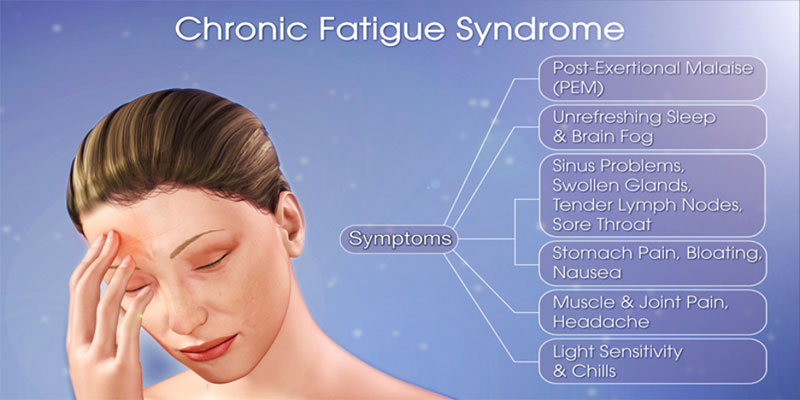
A registered dietitian as well as clinical nutritionist throughout New York City specializing in GI health, Ryan Warren, RD, CDN, told Health that she typically recommends a diet that is "very low throughout roughage" (or texturally "tough" insoluble fiber) while still including moderate amounts of soft, soluble fiber for patients with active symptoms. Many fruits and vegetables and certain nuts and seeds are good examples of soluble fiber.
- Wheat germ
- Nuts
- Seeds
- Beans
- Lentils
- Peas
But some examples of insoluble fiber sources are:
- Whole-grain wheat germ
- Vegetables
- True cereals
You may also increase your daily fiber consumption by taking a fiber supplement. However, it shouldn't be used instead of a balanced meal plan.
Fiber Guidelines
Diverticulitis risk increases with low fiber consumption. Despite this, the average American diet is deficient in fiber. The United States Department of Agriculture recommends that individuals have between 22 and 34 grams of fiber per day, depending on age and sex. The American Gastroenterological Association has concluded that those who have had diverticulitis would benefit from eating a "high-quality diet" rich in fiber from foods, including fruits, vegetables, whole grains, and legumes. For instance, you may increase your daily fiber intake by approximately 4 grams by adding a cup of fresh blueberries to your morning oatmeal. At the same time, roughly 10 grams of fiber are in half a cup of baked beans.
Avoidable Foods For Diverticulitis
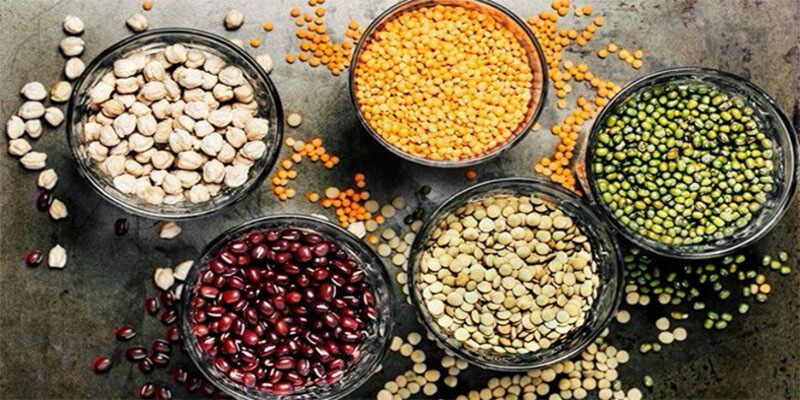
Doctors formerly recommended a low-fiber, clear, liquid diet for diverticulitis episodes. Some doctors still maintain the outdated notion that those suffering from diverticulosis or diverticulitis should avoid certain foods. Therefore, diverticulitis treatment is individualized. Trying to avoid particular foods may assist some individuals. Some physicians still recommend a clear liquid diet for milder flare-ups. As soon as symptoms diminish, they may advise switching to a low-fiber diet, sticking with it until they completely go, and then working back up to a high-fiber diet. The following sections discuss the evidence for foods that may be best avoided if you suffer from diverticulosis or diverticulitis.
Conclusion
Avoiding items that might aggravate the pouches (diverticula) in your large intestine is the main focus of a diverticulitis diet. If you have diverticulitis, modifying your diet may help you manage your symptoms and avoid consequences, including bleeding and intestinal blockage. Beginning with some basic recommendations is a smart place to start when making dietary adjustments to relieve symptoms. On the other hand, one must begin to observe the impact of one's diet on one's mood and energy levels. You and your doctor or nutritionist may adjust your diet to your specific needs if you establish a link between your digestive problems and certain foods.
